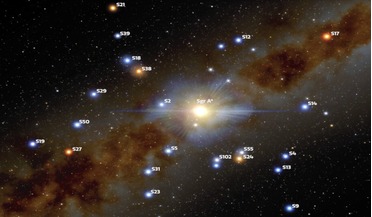 17 December 2021
New study shows that 99.9% of the mass at the centre of our galaxy is due to black hole
17 December 2021
New study shows that 99.9% of the mass at the centre of our galaxy is due to black hole
..., or dark matter. Located roughly 27,000 light-years from the Sun, the centre of our galaxy is dominated by a supermassive black hole 4.3 million times as massive as the Sun. Although scientists had long suspected that this compact radio source...
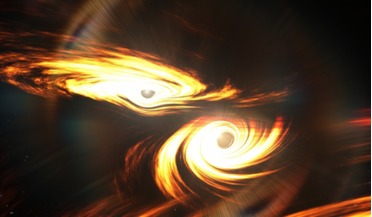 02 September 2020
Heaviest black hole merger yet is a first for discoveries
02 September 2020
Heaviest black hole merger yet is a first for discoveries
...’t tally with our current understanding of stellar processes. All of the black holes observed to date fit within either of two categories: supermassive black holes, and stellar-mass black holes. The first variety, such as the one at the center of the...
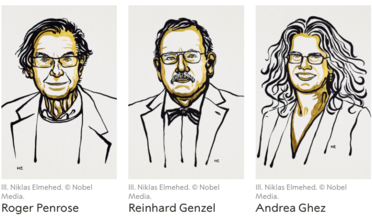 07 October 2020
The Nobel Prize in Physics 2020 awarded to three astrophysicists
07 October 2020
The Nobel Prize in Physics 2020 awarded to three astrophysicists
... discovered that an invisible and extremely heavy object governs the orbits of stars at the centre of our galaxy. A supermassive black hole is the only currently known explanation. Roger Penrose used ingenious mathematical methods in his proof that...
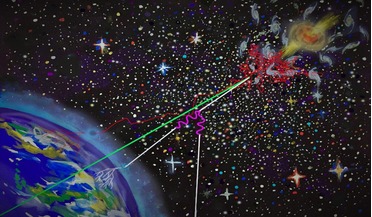 24 January 2018
Scientists uncover common origin for ultrahigh-energy particles
24 January 2018
Scientists uncover common origin for ultrahigh-energy particles
..., now think that all three high-energy phenomena could have a common origin; powerful jets from supermassive black holes. Using an astrophysical model – the first of its kind to be based on detailed numerical computations – a team from Penn State...
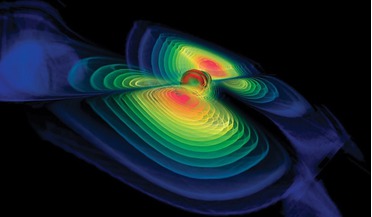 March 2016
Gravitational waves provide new window on the universe
March 2016
Gravitational waves provide new window on the universe
... candidates on their surrounding environment. It is through these ‘signposts’ that researchers have detected a supermassive black hole called Sagittarius A* at the centre of our galaxy, millions or billions of times more massive than the Sun. Figure...
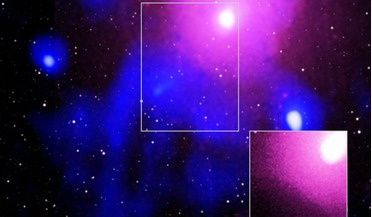 28 February 2020
Record-breaking black hole eruption detected by astronomers
28 February 2020
Record-breaking black hole eruption detected by astronomers
... powerful explosion ever seen in the Universe since the Big Bang has been spotted by astronomers studying a supermassive black hole at the centre of a galaxy hundreds of millions of light-years away. The huge eruption, which released five times...